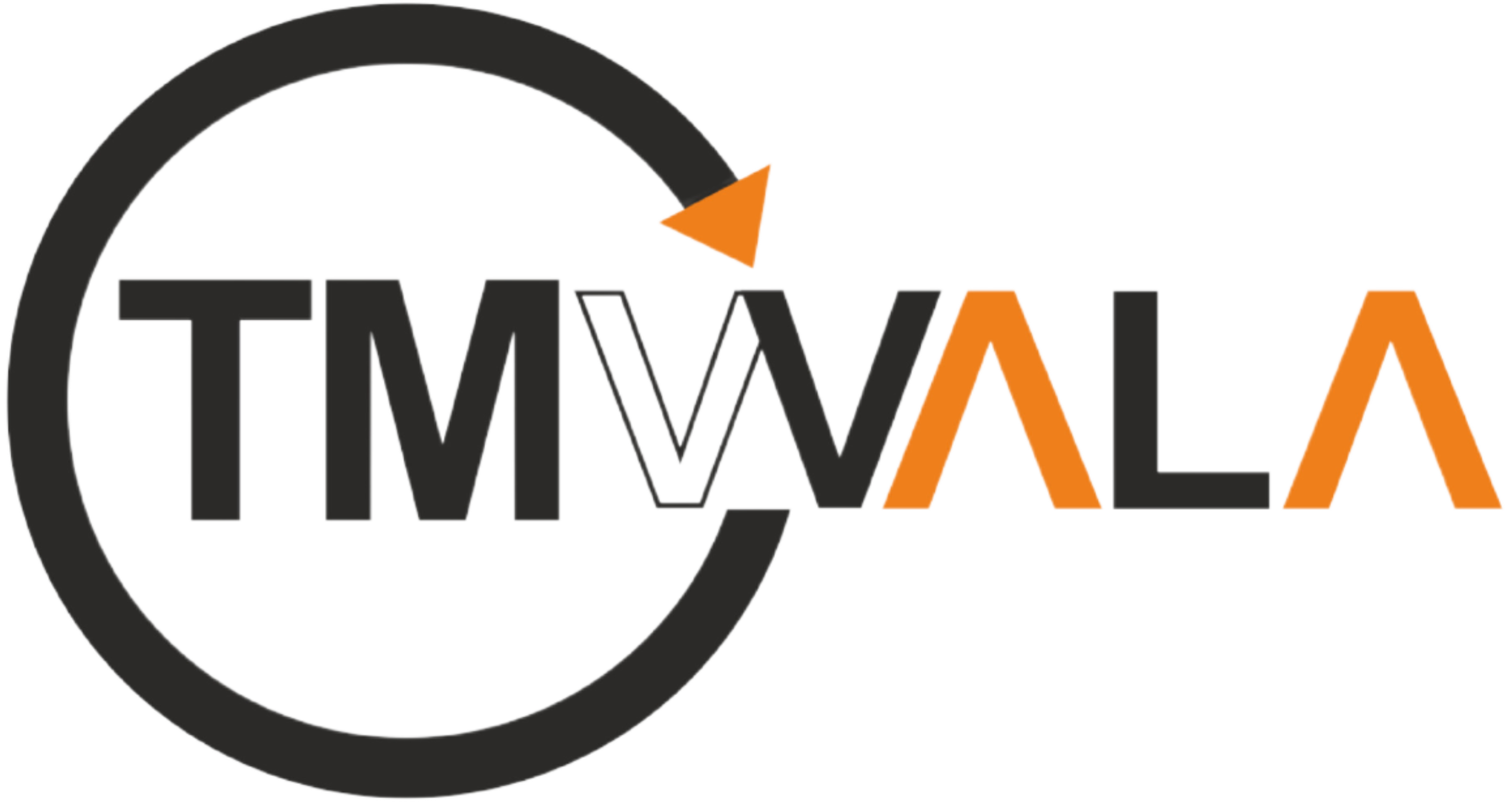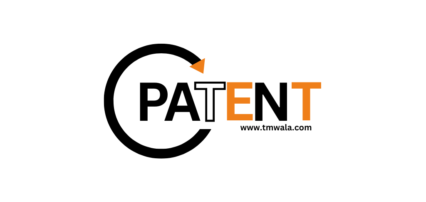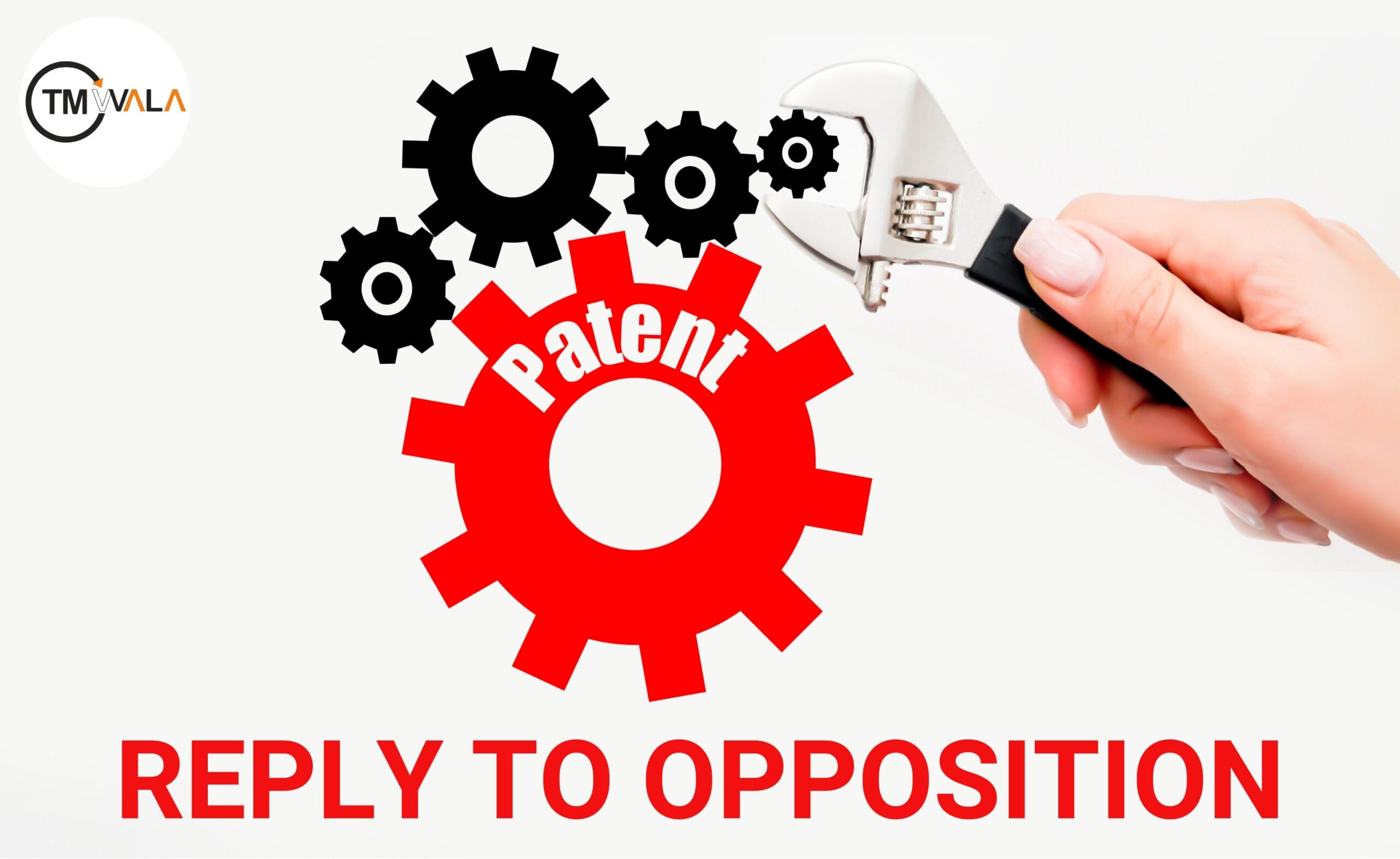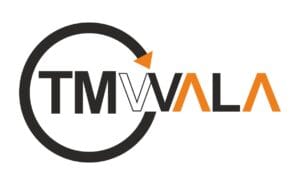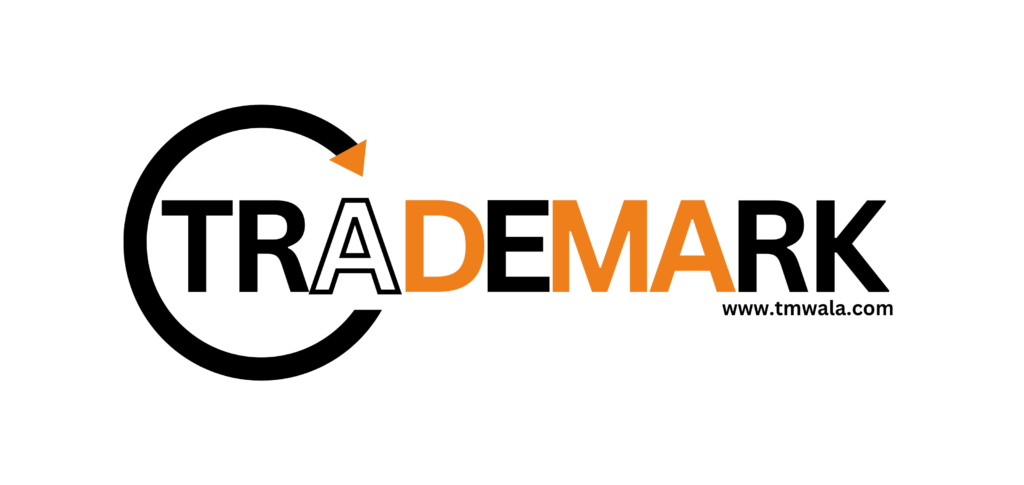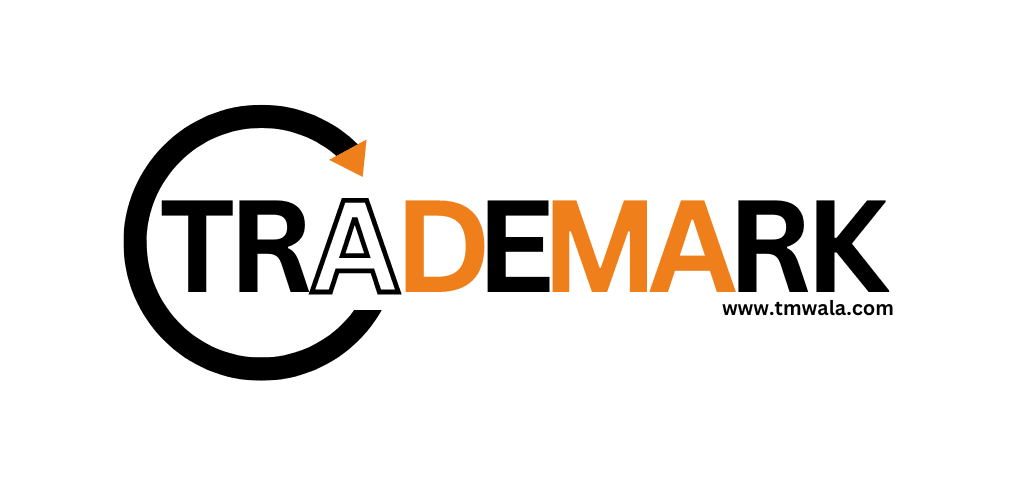Navigating the patent opposition process can be complex and challenging, especially when faced with a formal opposition to your patent application. One crucial step in this process is preparing a reply to the opposition, also known as a counterstatement. We’ll provides a comprehensive, legally sound, and easy-to-understand guide to crafting an effective patent reply to opposition.
Understanding Patent Opposition
What is Patent Opposition? Patent opposition is a formal process that allows third parties to challenge the validity of a patent after it has been granted. The opposition may be based on various grounds, including lack of novelty, inventive step, or insufficient disclosure. The opposition process aims to ensure that only valid patents are granted.
Role of the Counterstatement A counterstatement is your formal reply to the opposition. It provides an opportunity to address the objections raised by the opponent and defend the validity of your patent. The counterstatement is a critical component of the opposition process and must be carefully prepared to refute the opponent’s claims effectively.
Preparing the Counterstatement
a. Review the Opposition Notice Begin by thoroughly reviewing the opposition notice to understand the specific grounds and arguments raised by the opponent. The notice will outline the reasons for the opposition, such as claims of lack of novelty or inventive step.
b. Analyze the Grounds for Opposition Identify the key issues and grounds cited by the opponent. This analysis will guide your response and help you develop targeted arguments to address each objection.
c. Gather Supporting Evidence Collect relevant evidence to support your position. This may include additional documentation, technical data, or expert opinions that demonstrate the validity of your patent and counter the opponent’s claims.
d. Structure Your Counterstatement Organize your counterstatement in a clear and logical manner. Typically, a counterstatement includes the following sections:
- Introduction: Briefly introduce the patent and the opposition.
- Response to Grounds: Address each ground of opposition raised by the opponent.
- Supporting Evidence: Present evidence and arguments to support your response.
- Conclusion: Summarize your position and request the rejection of the opposition.
Responding to Common Grounds of Opposition
a. Lack of Novelty Opposition Claim: The invention is not novel because it is disclosed in prior art. Response Strategy:Provide arguments and evidence demonstrating that the invention is indeed novel. Highlight specific features or aspects of the invention that are not disclosed in the prior art. Cite any relevant documents or patents that differentiate your invention from the prior art.
Example Response: “The opponent claims that our invention lacks novelty due to prior art document X. However, document X does not disclose feature Y, which is a critical element of our invention. We have provided evidence (Exhibit A) showing that feature Y is unique and not anticipated by document X.”
b. Lack of Inventive Step (Non-Obviousness) Opposition Claim: The invention is obvious in light of prior art. Response Strategy: Argue that the invention involves an inventive step that is not obvious to someone skilled in the field. Provide technical arguments and evidence to demonstrate that the invention represents a significant advancement over the prior art.
Example Response: “The opponent argues that our invention is obvious based on prior art documents A and B. However, our invention introduces a novel feature Z that provides unexpected benefits and technical advantages, as demonstrated by the experimental data (Exhibit B). This feature is not suggested by documents A and B.”
c. Insufficient Disclosure Opposition Claim: The patent application does not provide sufficient disclosure for the invention. Response Strategy: Clarify and expand on the description of the invention to address the disclosure concerns. Provide additional details or explanations to show that the patent application meets the disclosure requirements.
Example Response: “The opponent claims that our patent application lacks sufficient disclosure. We have revised the description to include additional details and examples (Exhibit C) that clearly explain how the invention can be implemented. The revised description ensures that the invention is fully disclosed.”
d. Patentable Subject Matter Opposition Claim: The invention is not patentable subject matter. Response Strategy:Address any arguments related to the eligibility of the invention for patent protection. Provide legal arguments and references to relevant case law or statutes to support the patentability of the invention.
Example Response: “The opponent argues that our invention falls outside the scope of patentable subject matter. However, our invention meets the criteria outlined in Section X of the Patent Act, as it provides a practical application and solves a technical problem. We have provided legal arguments and references (Exhibit D) supporting the patentability of our invention.”
Effective Strategies for Crafting Your Counterstatement
a. Be Clear and Concise Present your arguments and evidence in a clear and concise manner. Avoid unnecessary jargon or overly technical language that may obscure your points. The goal is to make your response understandable and persuasive.
b. Provide Detailed Evidence Support your arguments with detailed evidence. This may include technical data, expert opinions, or relevant documents. Well-supported arguments are more likely to convince the patent office of the validity of your patent.
c. Address Each Objection Ensure that you address each objection raised by the opponent individually. Provide a comprehensive response to each ground of opposition to strengthen your case.
d. Consult with Experts Seek advice from patent attorneys, technical experts, or other professionals who can provide guidance on preparing your counterstatement. Their expertise can help you craft a more effective and compelling response.
e. Adhere to Deadlines Submit your counterstatement within the deadlines specified by the patent office. Timely submission is crucial to avoid any negative impact on the opposition process.
Possible Outcomes After Filing the Counterstatement
a. Acceptance of the Counterstatement If the patent office finds your counterstatement convincing, they may reject the opposition and allow the patent to proceed as granted.
b. Further Proceedings The patent office may request additional information or clarifications, or schedule a hearing to discuss the opposition further. Be prepared to provide further arguments or evidence as needed.
c. Modification or Revocation In some cases, the patent office may require amendments to the patent claims or descriptions. If the opposition is successful, the patent may be modified or even revoked.
d. Appeals Both the patentee and the opponent may have the right to appeal the decision of the patent office. The appeal process allows for further review and resolution of the opposition issues.
Conclusion
Crafting an effective counterstatement in response to a patent opposition is a critical step in defending the validity of your patent. By carefully reviewing the opposition, addressing each ground with detailed evidence and arguments, and adhering to procedural requirements, you can navigate the opposition process successfully.
Whether you are a patent holder responding to an opposition or involved in challenging a patent, understanding the intricacies of the counterstatement process is essential for achieving a favorable outcome. Consulting with patent professionals and preparing a well-structured response will enhance your chances of protecting your intellectual property rights and advancing your patent application.
If you are involved in a patent opposition, seek guidance from experienced patent attorneys to ensure that your counterstatement is effectively prepared and presented. Their expertise can help you navigate the complexities of the opposition process and safeguard your innovation.
FAQs
1. What is a counterstatement in patent opposition?
A counterstatement is the formal reply filed by a patent holder to address and refute objections raised by an opponent in a patent opposition proceeding.
2. Why is a counterstatement important in the opposition process?
It is the patent holder’s primary opportunity to defend the validity of their patent, respond to each ground of opposition, and present supporting evidence.
3. What should be reviewed before preparing a counterstatement?
Carefully review the opposition notice to identify the specific grounds, such as lack of novelty, inventive step, insufficient disclosure, or patentable subject matter.
4. What types of evidence can strengthen a counterstatement?
Evidence may include technical data, prior art analysis, expert opinions, legal arguments, and any additional documentation supporting the patent’s validity.
5. How should a counterstatement be structured?
It typically includes an introduction, responses to each ground of opposition, presentation of supporting evidence, and a conclusion requesting dismissal of the opposition.
6. How do you respond to a “lack of novelty” claim?
Highlight unique features of the invention not disclosed in prior art and provide documents, diagrams, or data demonstrating the invention’s novelty.
7. What’s the strategy for addressing “lack of inventive step” objections?
Show that the invention provides unexpected benefits or technical advantages not suggested by prior art, backed by technical reasoning and experimental evidence.
8. What deadlines apply for filing a counterstatement?
Deadlines vary by jurisdiction but are strictly enforced by the patent office—failure to file on time can harm your case.
9. What are the possible outcomes after filing a counterstatement?
The opposition may be rejected, further hearings or evidence requests may occur, the patent may be amended, or it may be revoked if the opposition succeeds.
10. Should I hire a professional to prepare my counterstatement?
Yes. Patent attorneys and technical experts can help craft precise, well-supported arguments, increasing your chances of successfully defending the patent.
